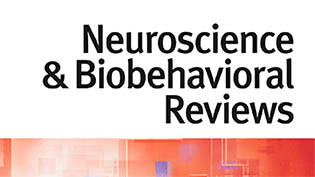Using deep autoencoders to identify abnormal brain structural patterns in neuropsychiatric disorders: A large‐scale multi‐sample study
Authors: Walter HL Pinaya, Andrea Mechelli, Joao R Sato*
Journal: Human Brain Mapping
DOI: 10.1002/hbm.24423
Abstract: Machine learning is becoming an increasingly popular approach for investigating spatially distributed and subtle neuroanatomical alterations in brain‐based disorders. However, some machine learning models have been criticized for requiring a large number of cases in each experimental group, and for resembling a “black box” that provides little or no insight into the nature of the data. In this article, we propose an alternative conceptual and practical approach for investigating brain‐based disorders which aim to overcome these limitations. We used an artificial neural network known as “deep autoencoder” to create a normative model using structural magnetic resonance imaging data from 1,113 healthy people. We then used this model to estimate total and regional neuroanatomical deviation in individual patients with schizophrenia and autism spectrum disorder using two independent data sets (n = 263). We report that the model was able to generate different values of total neuroanatomical deviation for each disease under investigation relative to their control group (p < .005). Furthermore, the model revealed distinct patterns of neuroanatomical deviations for the two diseases, consistent with the existing neuroimaging literature. We conclude that the deep autoencoder provides a flexible and promising framework for assessing total and regional neuroanatomical deviations in neuropsychiatric populations.
